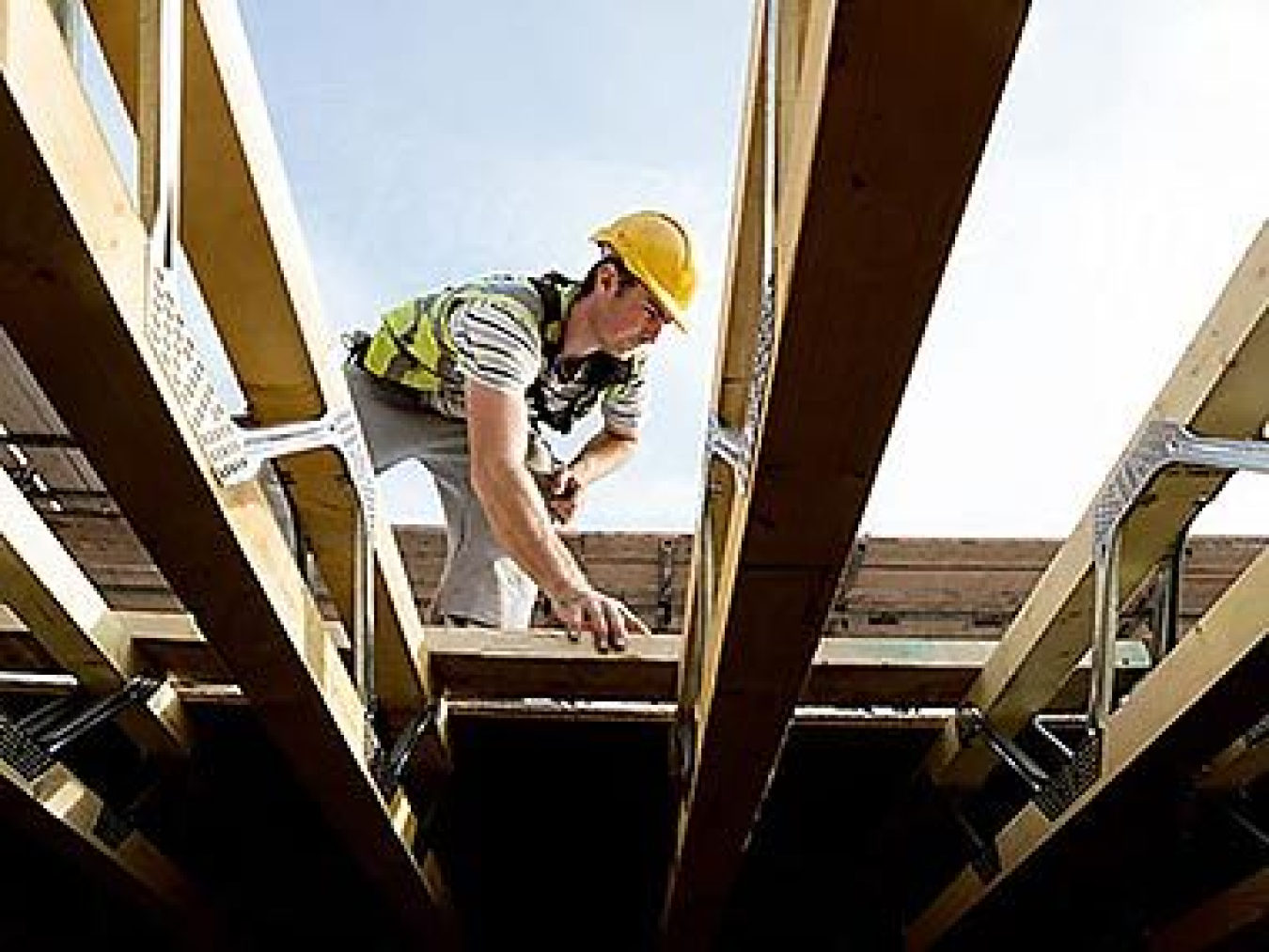Building America Update: Winners, Webinars, and Resources
Welcome to the Building America Update, a monthly newsletter. Read this month's feature story, or select the other newsletter topics below for more information. Subscribe to receive the email version of Building America Update or browse newsletter archives.
Race to Zero Winners Announced
The U.S. Department of Energy (DOE) announced winners of its fifth annual Race to Zero Student Design Competition, which challenges collegiate teams to apply sound building science principles to create cost-effective, market-ready designs for zero energy ready homes and schools. A zero energy ready building is a high-performance building that can offset all or most of its annual energy consumption with on-site renewable energy.

Evaluation Finds Building America Research Has Saved Millions for American Homeowners
In March 2018, the Building Technologies Office (BTO) released Evaluation of Building America and Selected Building Energy Codes Program Activities, a retrospective benefit-cost analysis conducted by Industrial Economics (IEc) that quantifies the impact of selected Building America activities in the new residential construction market. Findings showed that Building America’s efforts reduced America’s energy costs and improved its environmental health by a combined $875 million over the past 10 years, at a total program cost of only $162 million – that is a 30.2% internal rate of return on BTO's investment. Read more on the BTO blog.
Webinar: Technical Resources at Your Fingertips–Building America Solution Center and Standard Work Specifications for Existing Homes
Time: Tuesday, June 26, 2018
The Building America Solution Center (BASC) is your best friend if you have anything to do with high-performance homes. It provides extensive, up-to-date content needed to integrate building science best practices in specifications, field applications, education, and code official meetings. This session will present the new Existing Homes tool, which provides installation guidance for making existing homes more energy efficient, comfortable, and less expensive to operate. The tool is designed around common upgrades, and is organized by steps, which are numbered to indicate priorities from a health and safety standpoint.
The BASC Existing Homes tool links directly to the DOE Standard Work Specifications which define the minimum requirements to ensure that the work performed during home energy upgrades is effective, durable, and safe. Both tools can assist all existing homes stakeholders with finding best practices in existing homes. Join us for an in-depth tour of both tools and learn how they link to each other.
Registrants will receive a confirmation email containing additional information about joining the webinar.
Webinar: Field Studies of Indoor Air Quality in New U.S. Homes
Time: Wednesday, July 11, 2018
Since 2008, the state of California has required whole dwelling mechanical ventilation compliant with ASHRAE Standard 62.2. A field study was undertaken to measure ventilation system airflows, air pollutant concentrations, and exhaust fan use in these homes to determine if the ventilation systems are providing acceptable indoor air quality, as intended. Concentrations of fine particulate matter (PM2.5), nitrogen dioxide (NO2), nitrogen oxides (NOx), and formaldehyde were measured inside and outside of 70 homes over one-week periods. The homes were characterized for air leakage, and the air flows of all ventilation systems were measured and monitored during the study. The results showed that, when operating, the installed ventilation systems provided adequate flow to meet the standard and that pollutant levels were below acceptable limits, except for formaldehyde, which exceeded California's stringent reference exposure level but was below the World Health Organization standard. Significantly, most of the systems were not operating when researchers arrived at the study homes. This raises concerns regarding operational requirements as well as configuring and labeling of ventilation system controls.
Building America is supporting a similar, but greatly expanded, field study to collect data on indoor air quality (IAQ), ventilation and IAQ controls in new homes in four U.S. climate zones. The Pacific Northwest National Laboratory is leading a team collecting data in and around Portland, Denver, and Boulder. The Florida Solar Energy Center is collecting data throughout the Southeast United States. Field teams are measuring ventilation equipment airflows and installing sensors to monitor exhaust fan use and IAQ parameters over a week-long period. Roughly half of the study homes will have ventilation systems intended to comply with ASHRAE Standard 62.2. We will present a detailed list of measured air pollutants and other data collection goals for this study.
This Month's Residential Successes
Building America in the News
Here are recent Building America-related articles in popular national and local trade publications.
Builder Online: Buried Ducts Are Code-Approved Nationwide

